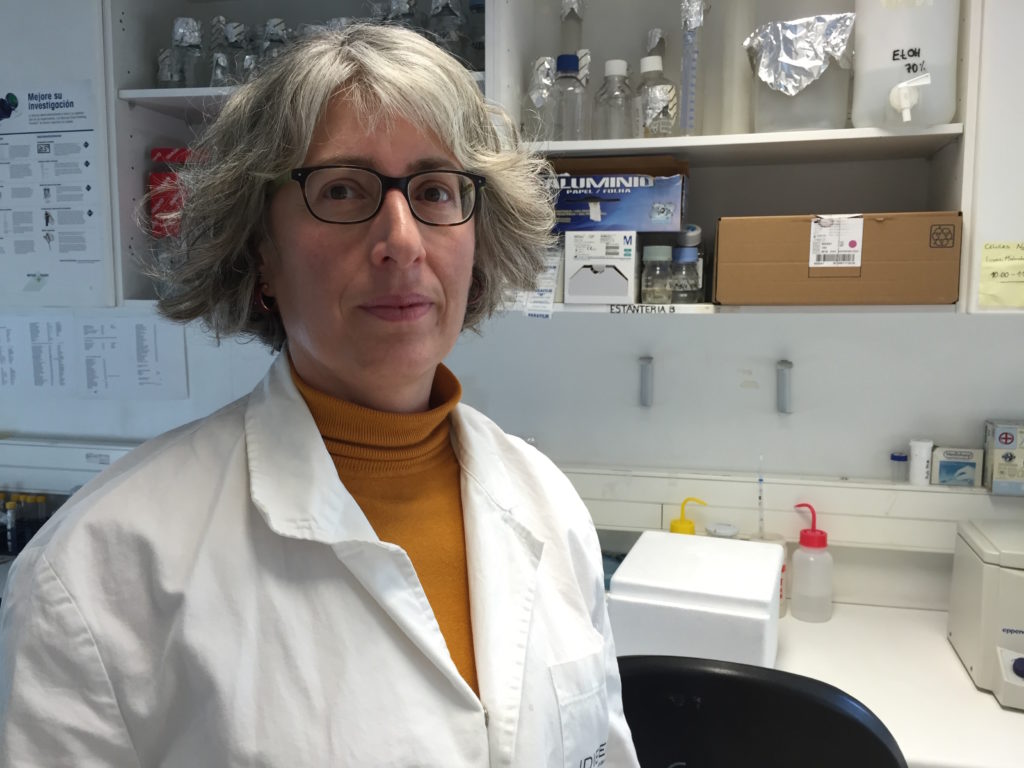Researchers from the Bellvitge Biomedical Research Institute (IDIBELL), led by Dr. Cristina Costa, have generated a new animal model for the study of xenotransplantation, that is, cell, tissue and organ transplant from other animals to humans. The research is framed within a line of work focused on the development of new cellular therapies for the repair of articular cartilage, whose affectation is well known due to the high frequency of injuries due to trauma, arthritis or osteoarthritis. The characteristics of this new model, much more specific than the previous ones, give it a great preclinical value in the development of therapeutic strategies to avoid immunological rejection, the main obstacle for the implementation of this type of transplants.
Up until now, the animal models used for xenotransplantation in this field were based on the use of porcine chondrocytes (cartilage cells) in an exogenous zone, different from the areas where this type of tissue is usually found. “This new model allows us to perform, for the first time, an intra-articular injection, something much more specific for articular cartilage repair studies”, explains Dr. Costa.
Anyway, the research allowed by the development of the new model, based on rats, does not focus so much on the functionality of the joint, but on avoiding the immunological rejection of xenotransplantation, which is still the main barrier for it to make it to the clinic. Part of the work, published in Frontiers in Immunology, explores this aspect.
“First of all, we confirmed that porcine chondrocytes, in this new model, induce an immune response, both cellular and at an antibody level. This finding gives us the basis for the development of strategies that decrease this reaction”, explains the IDIBELL researcher. The model is a tool that allows us to observe cartilage xenotransplantation in a way that is much more analogous to humans. “If we can overcome the rejection, we will lead the way towards numerous clinical applications.”
At the same time, the research team has also taken advantage of the model to assess the ability of mesenchymal stem cells to regulate the observed rejection. “At the moment, we still have not found a kind of cells capable of acting on rejection, but we still have a long way to go in this field”, the doctor concludes. Another of the group’s research lines is the genetic modification of chondrocytes to improve their immunological compatibility once transplanted, an alternative strategy that is also gaining strength thanks to the new genetic editing techniques.

